During 12 days and nights in December 1972, under the leadership of the Party, our army and people completely defeated the strategic air raid by the "super fortress" B-52 of the US imperialists in the sky of Hanoi, forcing the US to sign the Paris Agreement on ending the war and restoring peace in Vietnam, creating a turning point for the resistance war against the US to save the country to complete victory.
"Hanoi - Dien Bien Phu in the air" is the victory of a battle full of hardship, sacrifice, tenacity, perseverance and bravery, of the Vietnamese spirit and intelligence, of the armed forces and people of the North, including the army and people of the capital Hanoi. The victory of "Hanoi - Dien Bien Phu in the air" has been praised by world public opinion as the victory of "human conscience and dignity".
In a living room of more than 20 square meters on the 4th floor of Thanh Cong apartment building, Hanoi, at the age of nearly 90, Diplomat Pham Ngac, former Director of the Department of International Organizations, Ministry of Foreign Affairs, still sits at his desk attentively reading a set of documents. He was a member of the Vietnamese Delegation at the Paris Conference in 1973.
The soldiers of the 3rd Company of the X anti-aircraft artillery group protecting the capital were intelligent and brave, fired promptly and accurately, and contributed to shooting down many American planes. Photo: VNA file
Referring to the US sending B-52s to bomb Hanoi at a time when the most difficult peace negotiations of the 20th century were gradually approaching the conclusion, Mr. Pham Ngac vividly recalled the years of both negotiating and following the situation on the battlefield in the country. Because the developments on the battlefield had a strong and direct impact on the participants of the Paris Conference. And the draft of the Paris Agreement on ending the war and restoring peace in Vietnam, drafted by our delegation and presented to the US for discussion and signing, was after our military victories on the battlefield.
Faced with the US's betrayal, Vietnam declared its opposition to this deceitful attitude and stopped negotiations. On the other hand, the negotiating delegation was very worried, and so were friendly countries. Because the B-52 was the most modern aircraft at that time and had destructive power. "But when the first, then the second, and the third B-52 were shot down, our delegation became less worried and stood firm. Then, remembering Uncle Ho's advice, the US only gave up after their most modern weapon, the B-52, was completely defeated. After a heavy defeat in the sky of Hanoi on December 31, 1972, the US was forced to stop bombing and asked us to return to negotiations. The Paris Agreement we signed afterwards was basically prepared since October 1972," Mr. Pham Ngac recounted.
Recalling the 12 historic days and nights at the end of 1972, Mr. Nguyen Van Trung, a former self-defense force of Mai Dong Mechanical Factory, sadly recalled the feat of shooting down an F.111 by the self-defense force of three factories: Luong Yen Mechanical, Mai Dong Mechanical and Ha Noi Wood. Mr. Nguyen Van Trung said that those were days and nights of both labor and production, training and fighting in low-altitude artillery positions in Hanoi. Late in the afternoon of December 22, 1972, the self-defense force was ordered to mobilize 5 14.5mm cannons to assemble in Van Don. The cannons were all aimed at the Red River, looking straight at Long Bien Bridge to intercept enemy aircraft coming from the direction of Tam Dao range, following the surface of the Red River to attack Hanoi. The commander of the position was Lieutenant Hoang Minh Giam, an officer of the Capital Military Region.
At about 8:30 p.m., Hanoi sounded the alarm. All the city lights went out. Everyone was ready to fight. At 9:30 p.m., enemy planes appeared, flying low over the Red River. The self-defense unit received orders to open fire, and the cannons fired simultaneously. The F-111A was burning fiercely. About 30 minutes later, a military vehicle from Hai Ba Trung district arrived. An officer jumped down and said excitedly: "The unit just fired, right? A plane with folded wings and an open wing has fallen." The self-defense unit hugged each other, indescribable joy - Mr. Nguyen Van Trung recalled.
"With this feat, the self-defense force was honored to welcome President Ton Duc Thang and General Vo Nguyen Giap to visit and commend them. But that was also the time when we missed our comrades and people who sacrificed and were injured...", Mr. Nguyen Van Trung said sadly.
Mr. Nguyen Van Trung's painful memories of the losses and sacrifices of his comrades, comrades, and victims of B-52 bombs were also the pain in Hanoi in the last days of 1972. Describing the brutality of the strategic air raid by B-52s by the US imperialists on Hanoi, US General Taylor in an interview with UPI news agency on January 1, 1973, said: "We saw scenes of destruction and death on a scale that made all of us feel pain and horror beyond words. We saw hospitals, houses, residential areas destroyed and leveled, train stations and airports destroyed"...
Although the US "Linebacker II" campaign caused heavy losses, it could not subdue the Vietnamese people, could not bring "Hanoi back to the Stone Age". In the Air Defense Campaign over Hanoi's sky at the end of December 1972, the people of all walks of life in the capital demonstrated their will and spirit of resilience and indomitability, overcoming all difficulties and hardships; promoting the experiences of people's war in urban areas, closely coordinating with the forces to achieve glorious feats. At that time, although urban life was organized in a wartime style; the elderly, children, students and pupils evacuated to safe places, but in the city, 230,000 individual holes, 1,130km of traffic trenches, thousands of collective bunkers were still built; the people's defense posture was firmly established.
And the spirit of the land of a thousand years of civilization was ignited in December of that year. During 12 historic days and nights, 34 B-52 aircraft were destroyed by the army and people of the North, of which 16 crashed on the spot. The US imperialists had to de-escalate and propose to return to the Paris peace talks. On January 8, 1973, the delegations of the Government of the Democratic Republic of Vietnam and the Provisional Revolutionary Government of the Republic of South Vietnam returned to the negotiating table in the position of victors, amid the joy of peace-loving people around the world.
Speaking about the sacrifice and indomitable spirit of the Vietnam People's Air Force in particular, of the Air Defense - Air Force and the army and people of the North in that historical moment, Lieutenant General Pham Tuan, Hero of the People's Armed Forces, the pilot who shot down the B-52 in the sky west of Hanoi on the night of December 27, 1972 shared: At that moment, no one thought about themselves. No one thought about whether they would suffer if they sacrificed now. If they sacrificed, who would suffer?
The soldier at that time had no thoughts. At that time, he only thought that he had to complete his mission. And many people have done heroic feats, such as daring to jump into a B-52 plane like Vu Xuan Thieu. It is not just Vu Xuan Thieu, if there are more battles, there will be many people acting like him, to contribute to the war of their people, to dedicate their lives to the cause of protecting the Fatherland.
"That is love for the Fatherland! That is the desire for peace!", People's Armed Forces Hero Pham Tuan shared.
51 years have passed since the 12 historic days and nights at the end of 1972. From the height of hundreds of meters of Keangnam Hanoi Landmark Tower, looking at Hanoi at dawn, the city appears vast and vast with new roads and hundreds of skyscrapers that stretch out of sight. The neighborhoods, train stations, residential areas, hospitals, and schools that were once destroyed by American bombs are now modern, civilized urban areas and constructions. The old land of the 8-3 Textile Factory, the name that has been deeply ingrained in the painful memories of many Hanoians during the 12 days and nights at the end of 1972, is now the modern Times City Urban Area. The only vestige of the bombing period is the 8-3 Textile Factory Victory Monument located in a corner of the Urban Area, surrounded by green trees all year round.
Hanoi in the peaceful period, in the new development stage, besides the peaceful, vibrant, youthful pace of life, still has solemn, ancient places as affirmed by our ancestors: "Thang Long, Hanoi, the capital. Who painted the landscape and mountains and rivers?"
The former battlefield is now full of life. Most of the people who were victims, witnesses, fought against the enemy, and shared the painful losses of the past have stood up and rebuilt their own happiness. They have witnessed the changes and developments of Hanoi day by day and hour by hour. The second and third generations are succeeding each other as the future owners of the capital and the country. And the aspiration to realize dreams and ambitions for a prosperous future is spreading from Hanoi - the heart of the country, the first city in Asia to be awarded the title "City for Peace" by UNESCO.
That aspiration can be seen in Resolution No. 15-NQ/TW of the Politburo on "Orientations and tasks for the development of Hanoi Capital to 2030, with a vision to 2045". With that vision, Hanoi will be a globally connected city, with a high standard of living and quality of life, with GRDP/person reaching over 36,000 USD; comprehensive, unique and harmonious economic, cultural and social development; typical of the whole country; with a level of development on par with the capitals of developed countries in the region and the world.
According to VNA/Tin Tuc Newspaper
Source


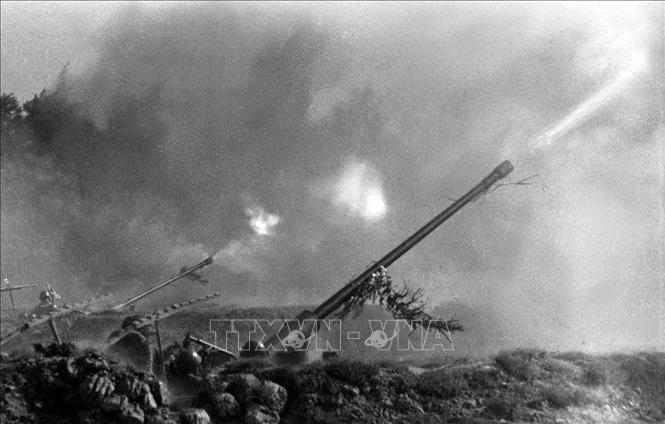

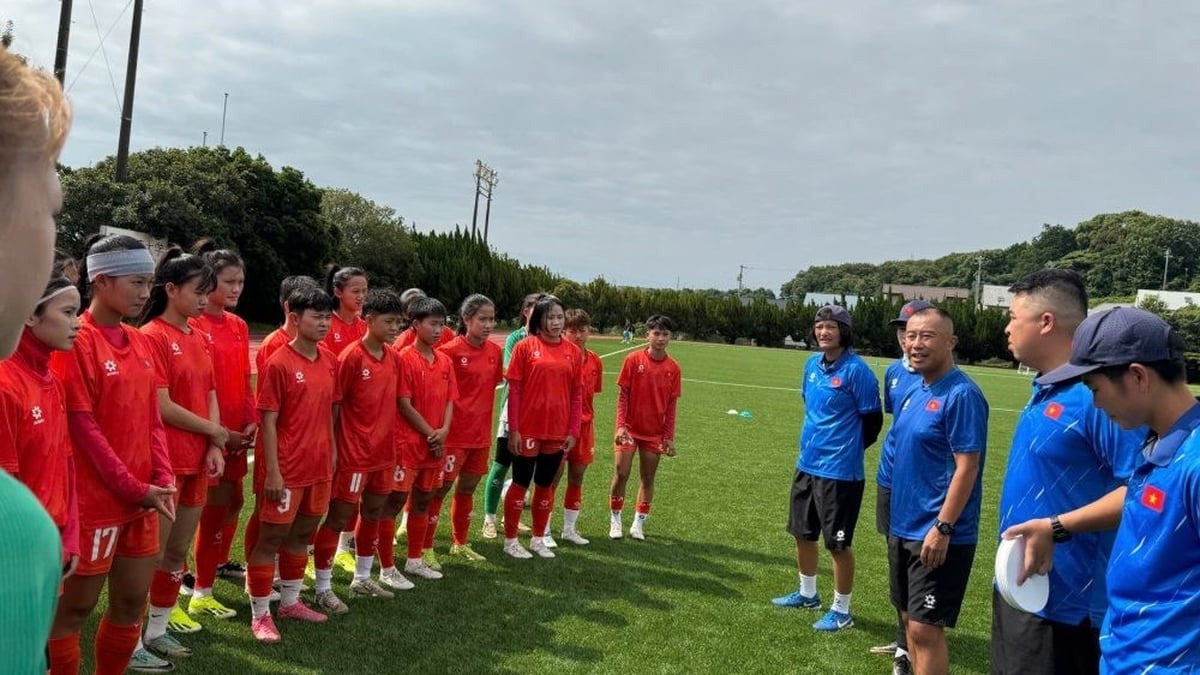
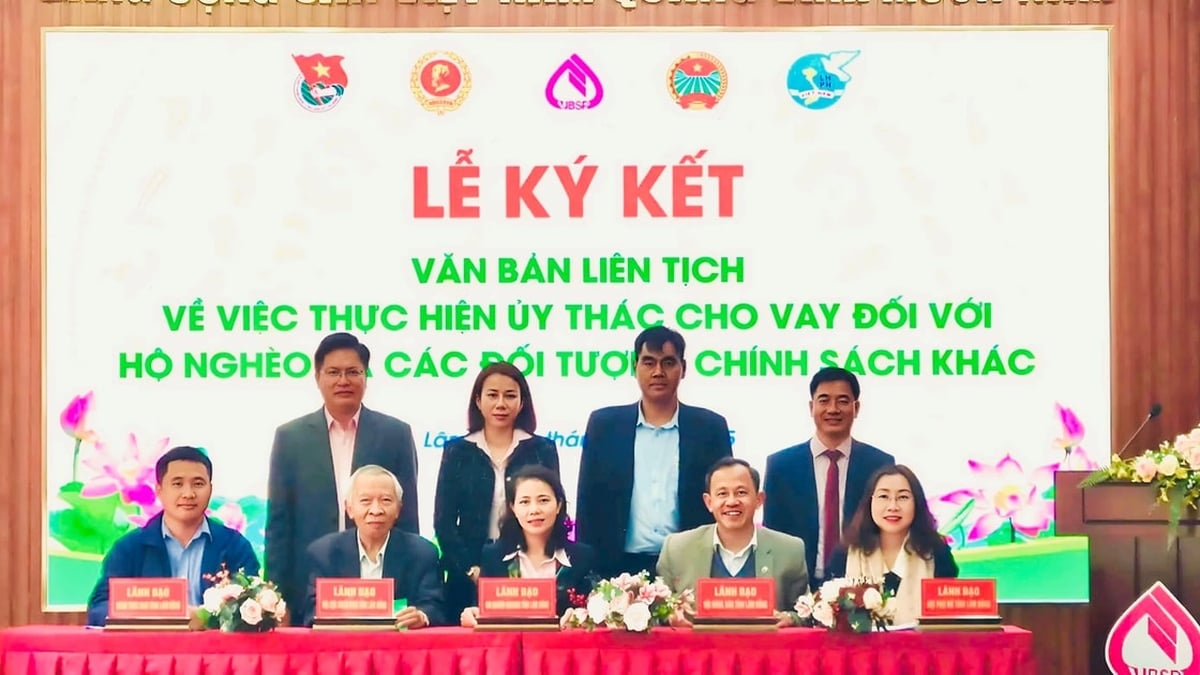
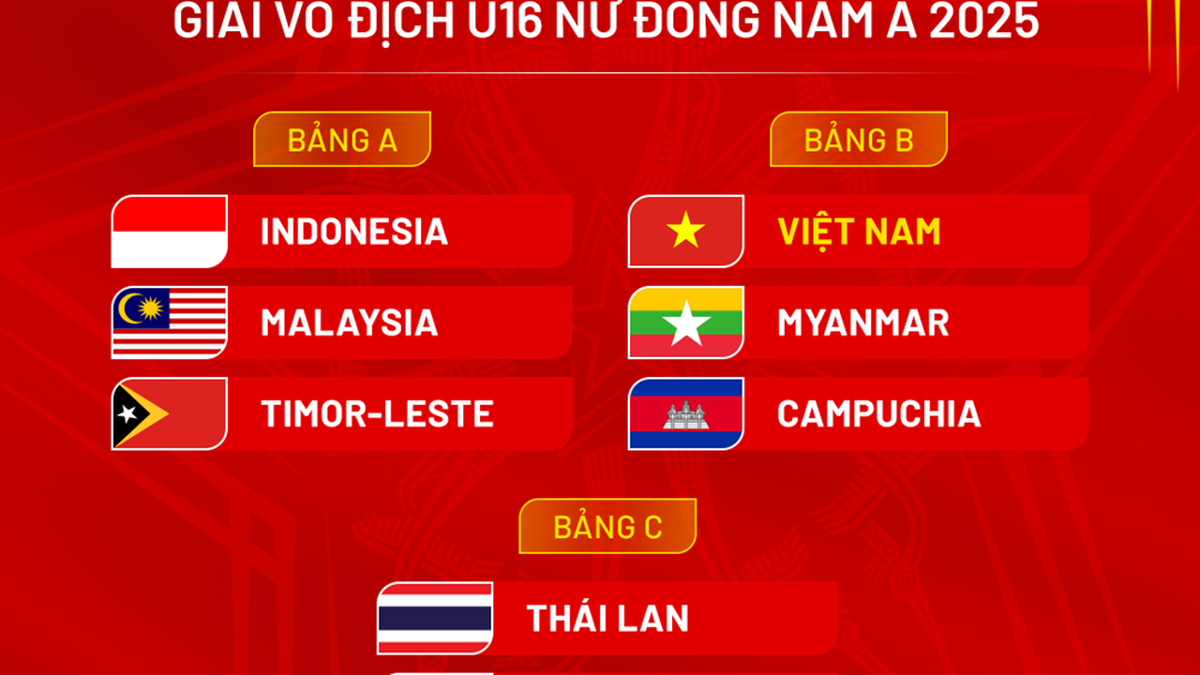
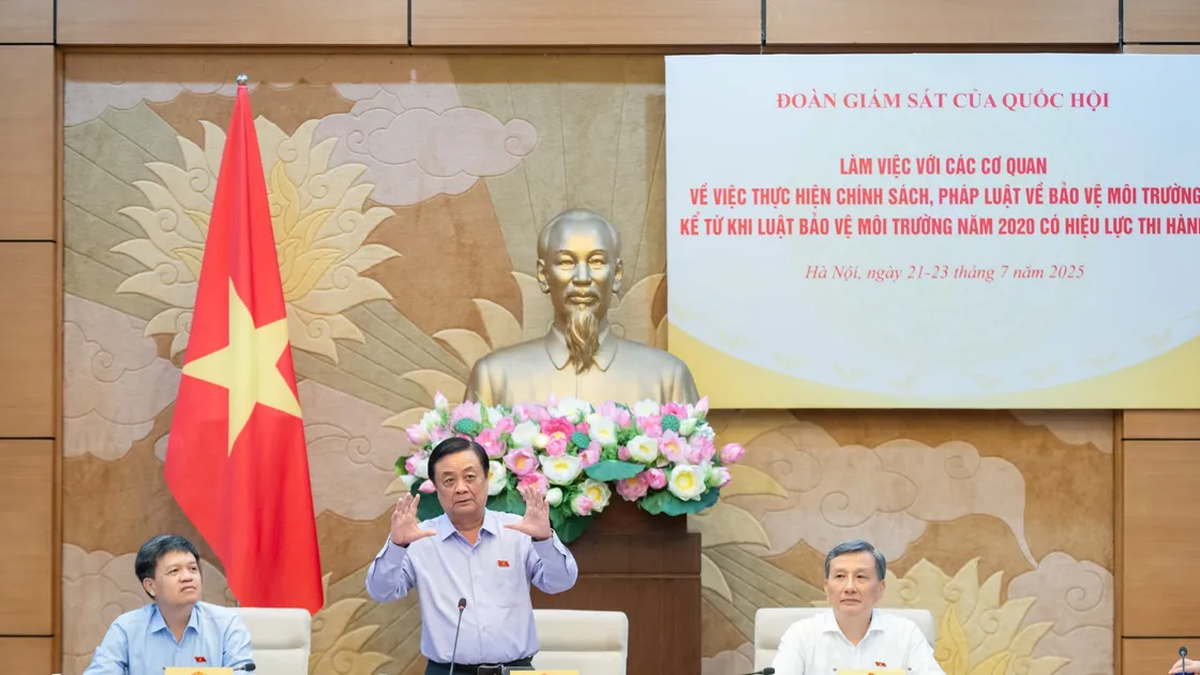

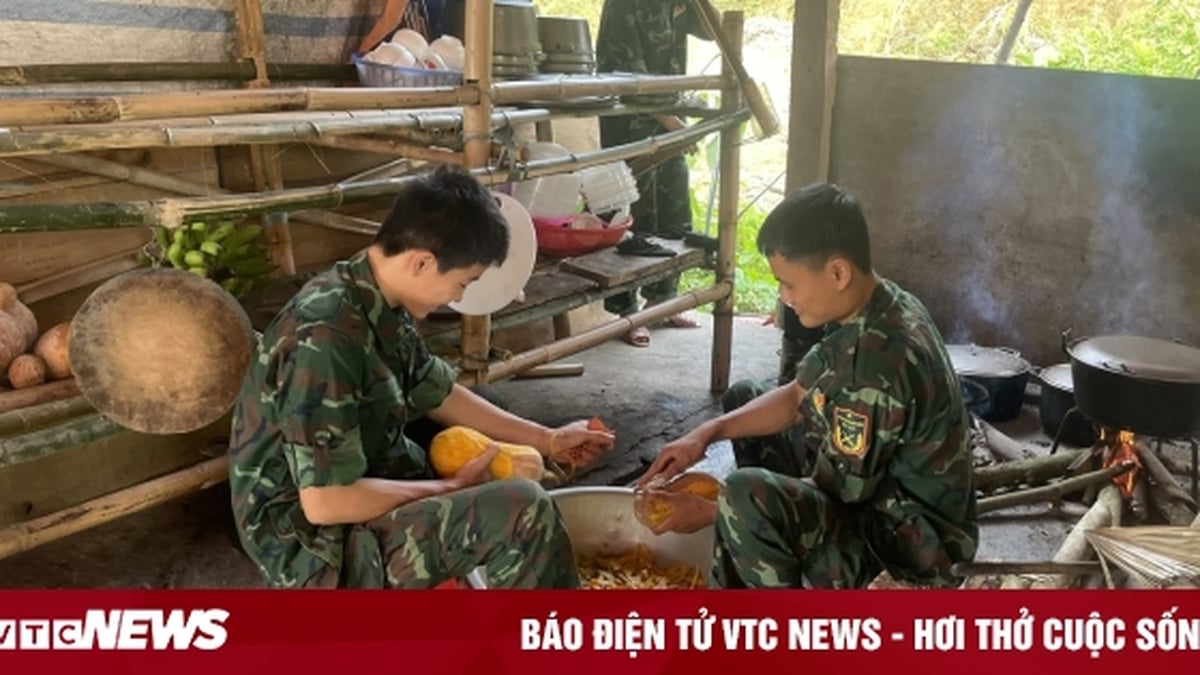
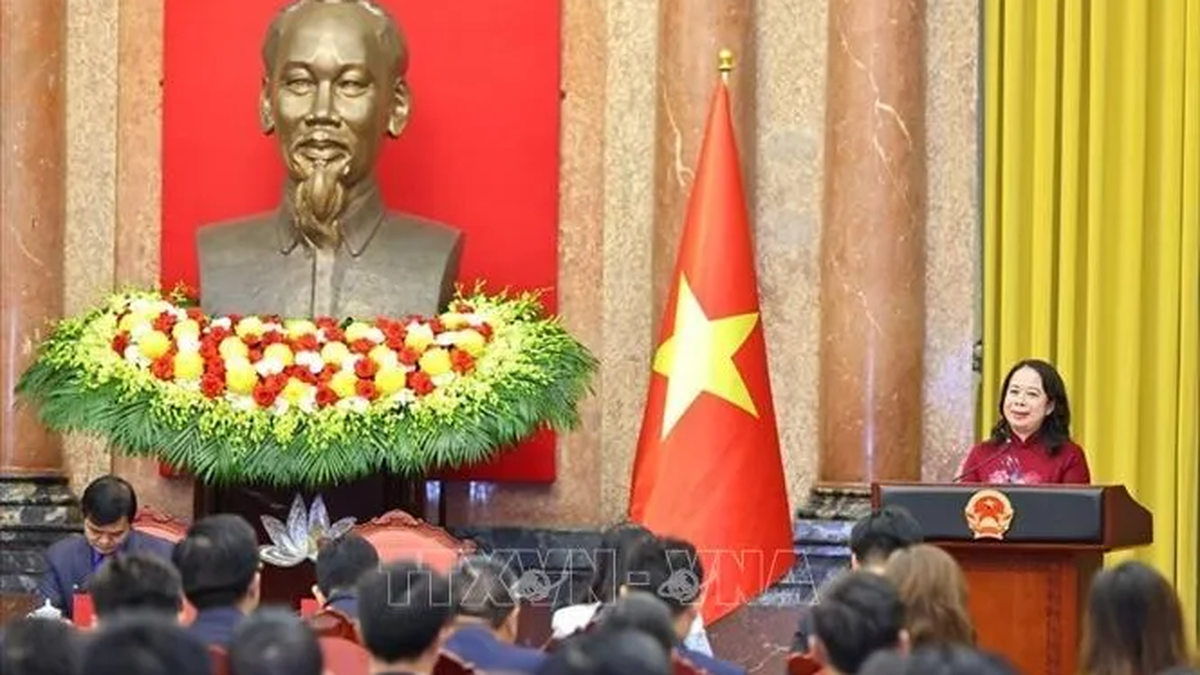
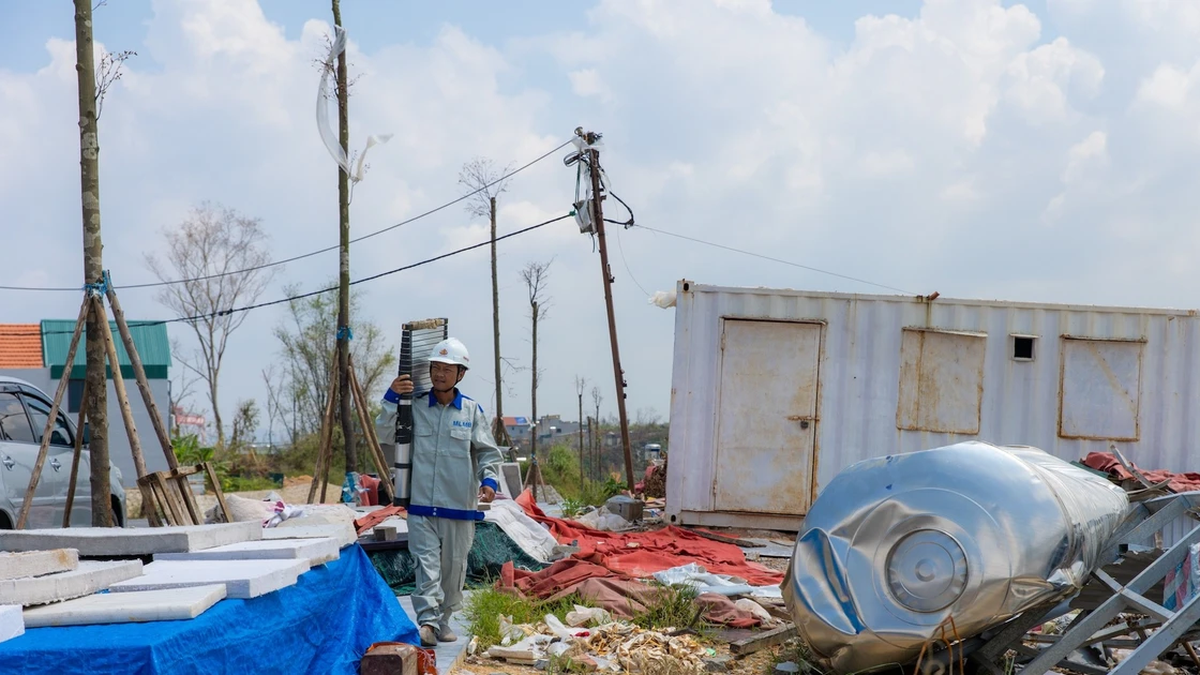
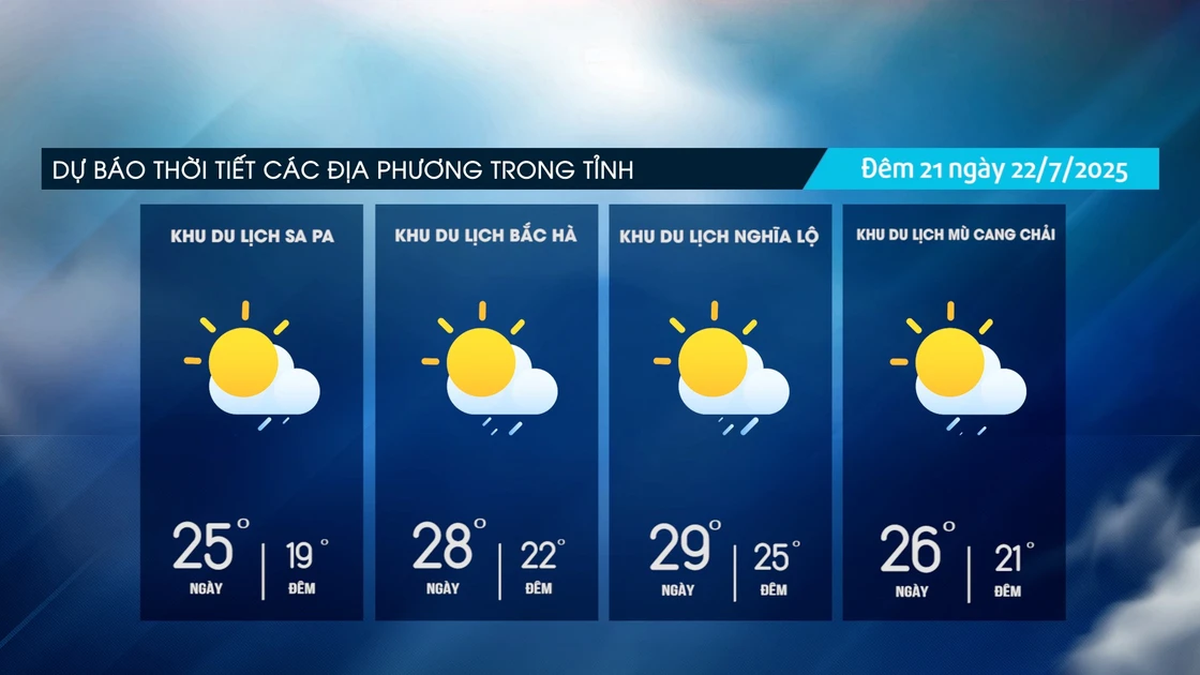










![[Photo] National Assembly Chairman Tran Thanh Man visits Vietnamese Heroic Mother Ta Thi Tran](https://vphoto.vietnam.vn/thumb/1200x675/vietnam/resource/IMAGE/2025/7/20/765c0bd057dd44ad83ab89fe0255b783)






















































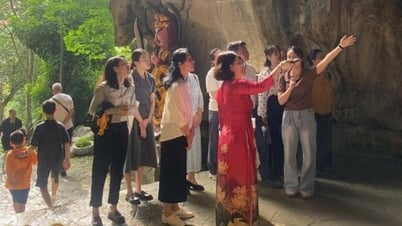
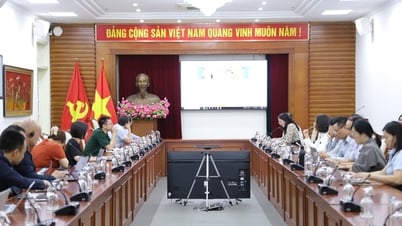





















Comment (0)